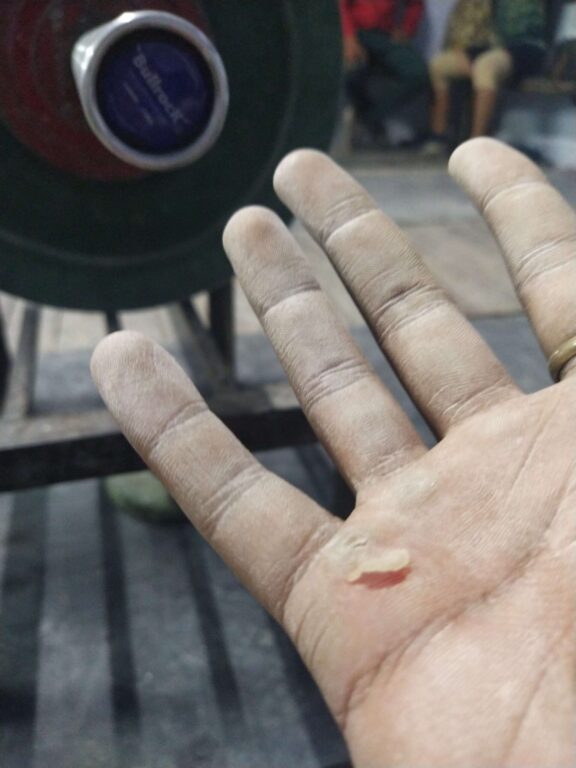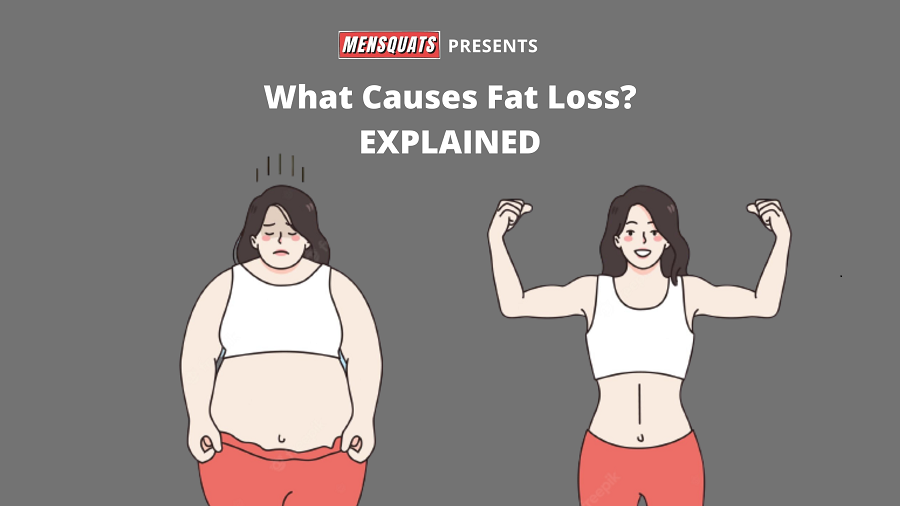How to stop calluses on hands from gym?

There are several bodyweight workouts that require you to hang from the bar. pull-ups, ab workouts, and levers are just a few examples. If your grip strength is insufficient, you will fail sets because of the grip rather than the muscles that the exercise should activate the most, which should not be the case.
However, this is not the only issue.
👉 Even if your grip is firm enough, the skin within your hands may not be able to endure the strain and begin to ache, finally tearing or build a thickened skin in areas (called calluses🥵). It’s a major issue, especially at first when your hands aren’t used to exerting this much effort. Nothing is more frustrating than being unable to train as a result of this.
Why do calluses on hands happen?

A lot of times it’s not just barbell lift, kettlebells, dumbbells. Really, anything that you put in your hands for the means of getting stronger and performing better or at some point going to have a bodily response to our hands will develop ridges in the areas that weight or that implement rubs against most.
If we don’t take care of that sometimes those ridges can rip off and that’s where you see these heroic pictures of all my hands ripped open.
Do gym gloves prevent calluses?
➡️ Gym Gloves can help in this situation by preventing skin ripping by reducing friction between your hands and the barbell. This is both beneficial and harmful for your performance.
High friction between your bare hands and a barbell is beneficial for workouts like pull-ups since it allows you to stay on the bar for a longer period of time and makes hanging easier on your forearms.
On the other hand, this high friction causes your skin to tear, which is a terrible thing. It’s almost like receiving a minor injury in that you have to take a break from hanging and allow the skin to heal.😃

In that way, gym chalk is the polar opposite of gym gloves. Athletes use it before a set because it creates friction between your skin and the barbell, making it easier for your muscles to hang. However, it is also simpler to tear your skin if it is not strong enough for the same reason, so you must be cautious.
How do you get rid of calluses on your hands from lifting weights?
In the past, I’ve been using a few different types of gloves, including cycle gloves, gym gloves, and even inexpensive gardening gloves.😃 They all appeared to function to varying degrees, but they all had the same issue.
With a layer of fabric between your skin and the bar, hanging becomes more difficult in terms of strength since the grip becomes thicker and more slippery.
Furthermore, when you’re performing extended sets or more complicated exercises like muscle-ups, the gloves start to slip off your hand or curl up.
👉 I found that bandages were the greatest option to protect your hands. They’re really thin, and you may choose how many layers you require. So here’s what I truly propose in terms of gloves: if you’re experiencing difficulties with sore hands from hanging, I advise having gym gloves on hand but not wearing them all the time.
Your skin needs to be exposed to stress to start growing calluses and get thicker. If you would train in gym gloves all the time, your skin wouldn’t get the impulse to grow. You may begin the workout with gloves on and remove them halfway through. Stress must be applied to your skin in order for it to begin producing calluses and thickening.
This way, you’ll be able to complete all of your tasks and fatigue your muscles without tearing the skin, while also gradually acclimating your hands to this level of tension. After a few months, the skin on your hands will get as thick as an elephant’s and able to handle a lot of hanging.
➡️ At this time, I don’t recommend using gym gloves to avoid gym calluses on hands, since they will impede your performance and cause more issues than they solve.
FAQs on Gym Calluses on Hands
How do I prevent calluses at the gym?
- Keep Your Gloves. Wearing workout gloves is the greatest method to avoid getting calluses.
- Focus on The Technique. Another thing you can do to prevent callus formation is to use good weightlifting techniques.
- Purchase A Grip. For pull-ups and exercises that require multiple sets, you must wear a grip.
- Lifting Straps are Your New Best Friend
Do weightlifting calluses go away?
No, calluses do no harm. But when it comes it takes years and years on to go away on their own. Either you cut it, poke it and let it recover with the new skin. These are the only ways that can cause some pain and discomfort for days.
Why does lifting weights cause calluses?
Yes, lifting weights is one of the reasons for gym calluses. But to avoid calluses at the gym, you must wear a handgrip, or hand gloves, whatever puts your hand at ease without compromising your grip strength.
Are calluses good for working out?
People consider it a badge of honour. It’s not necessarily good, calluses are the reason for your gym work. It doesn’t help with a proper or better grip, it just hardens the skin to reduce further tearing. But still, your hand’s skin is still susceptible to tearing. So have them, but don’t make them too big.
Should I rip my callus off?
Your calluses may even come off easily, but avoid the urge to pull at them – you’ll just make the situation worse. Pulling, stretching, and picking at calluses simply urges your body to make them bigger and harder.
What is best for callus removing?
Corns and calluses can be softened by soaking your hands or feet in warm, soapy water. This may help remove the thicker skin easier. After that rub a corn or callus using a pumice stone, nail file, emery board, or washcloth during or after washing to help remove a layer of hardened skin.
Why do my calluses hurt when lifting weights?
Usually, calluses are non-harmful and cause less pain. In some instances, you didn’t even notice if your hand’s skin got thickened in the area due to the pull-ups or heavy deadlift you did. But after a while, it starts to become noticeable.




